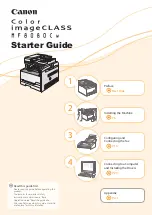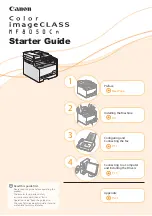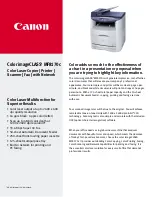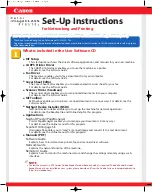
c
Click
Ping
.
4
If the access point responds, then you will see several lines that display the number of bytes received from the
access point. This means that your computer is connected to the access point.
If the access point does not respond, then nothing is displayed. You can use Network Diagnostics to help resolve
the problem.
M
AKE
SURE
YOUR
COMPUTER
CAN
COMMUNICATE
WITH
THE
PRINTER
For Windows users
1
Obtain the printer IP address.
a
From the printer, print a network setup page.
For more information, see the
User's Guide
.
b
In the TCP/IP section, look for
Address
.
2
Click
, or click
Start
and then click
Run
.
3
In the Start Search or Run box, type
cmd
.
4
Press
Enter
, or click
OK
.
5
Type
ping
followed by a space and the IP address of the printer. For example:
ping 192.168.1.100
6
Press
Enter
.
7
If the printer responds, then you will see several lines that display the number of bytes received from the printer.
This ensures that your computer is communicating with your printer.
If the printer does not respond, then “Request timed out.” appears.
•
Your computer might not be connected to the network.
•
You may need to change the settings of your printer. Run the Wireless Setup Utility again.
For Macintosh users
1
Obtain the printer IP address.
a
From the printer, print a network setup page.
For more information, see the
User's Guide
.
b
In the TCP/IP section, look for
Address
.
2
From the Finder, navigate to:
Utilities
>
Network Utility
>
Ping
tab
3
Type the IP address of the printer in the network address field. For example:
10.168.1.101
4
Click
Ping
.
5
If the printer responds, then you will see several lines that display the number of bytes received from the printer.
This means that your computer is communicating with your printer.
Troubleshooting
164
















































